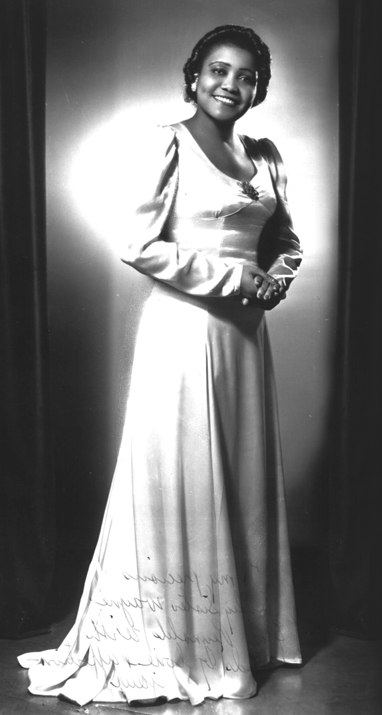In my previous blog post, Donald Harris “Is Art Essential?”, I delved into the profound impact of art and creativity on our lives. Art connects people. It bridges gaps and highlights diverse narratives. As we step into June, a time of cultural celebration and recognition, we can continue to explore the arts, celebrating the vibrant heritage of this month. Let’s dive into various festivals, events, and art forms that honor and celebrate the rich heritage of June.

World Environment Day: Art as a Catalyst for Change
On June 5th, we celebrate World Environment Day, raising awareness for environmental protection. Art engages hearts and minds, inspiring sustainable action.
Juneteenth: Commemorating Freedom through Art
Juneteenth, observed on June 19th, commemorates the emancipation of enslaved African Americans. Through music, dance, literature, and visual arts, Juneteenth celebrations reflect the resilience and creativity of African American artists.
Indigenous Peoples Day: Honoring Indigenous Artistic Traditions
Many places observe Indigenous Peoples Day on June 21st, a special day dedicated to celebrating the rich cultural heritage and contributions of Indigenous peoples around the world. Indigenous art carries stories, wisdom, and a profound connection to the land.
Pride Month: Embracing LGBTQ+ Art and Activism
June is widely recognized as Pride Month. LGBTQAI+ artists and musicians make invaluable contributions, inspiring change through their work.
Caribbean American Heritage Month: Celebrating Cultural Fusion
June is designated as Caribbean American Heritage Month. Vibrant art forms from the Caribbean bring joy and unity. From Bob Marley to Rihanna, and from Monty Alexander to Gustavo Dudamel, Caribbean artists enrich American culture and help to create a more diverse and inclusive society.
The month of June can set the tone for the rest of our year to embrace diverse artistic expressions. Through World Environment Day, Juneteenth, Indigenous Peoples Day, Pride Month, and Caribbean American Heritage Month, we can honor the multiplicity of our society and appreciate the profound impact art has on shaping our collective identity. These artistic expressions shape who we are, fostering a more inclusive and culturally rich world.
 Harris served as an administrator at the New England Conservatory of Music and the Hartt School of Music, University of Hartford, before becoming Dean of the College of the Arts at Ohio State. Following his time as dean, he rejoined the Ohio State faculty in the composition area of the School of Music. Throughout his career, Harris received several honors, including the American Academy and Institute of Arts and Letters’ award in composition and an honorary Doctor of Music degree from The Ohio State University. He was also the co-editor of the W.W. Norton publication of the correspondence between Alban Berg and Arnold Schoenberg. Harris is especially remembered as a mentor and a kind-hearted person by all who knew him.
Harris served as an administrator at the New England Conservatory of Music and the Hartt School of Music, University of Hartford, before becoming Dean of the College of the Arts at Ohio State. Following his time as dean, he rejoined the Ohio State faculty in the composition area of the School of Music. Throughout his career, Harris received several honors, including the American Academy and Institute of Arts and Letters’ award in composition and an honorary Doctor of Music degree from The Ohio State University. He was also the co-editor of the W.W. Norton publication of the correspondence between Alban Berg and Arnold Schoenberg. Harris is especially remembered as a mentor and a kind-hearted person by all who knew him.


